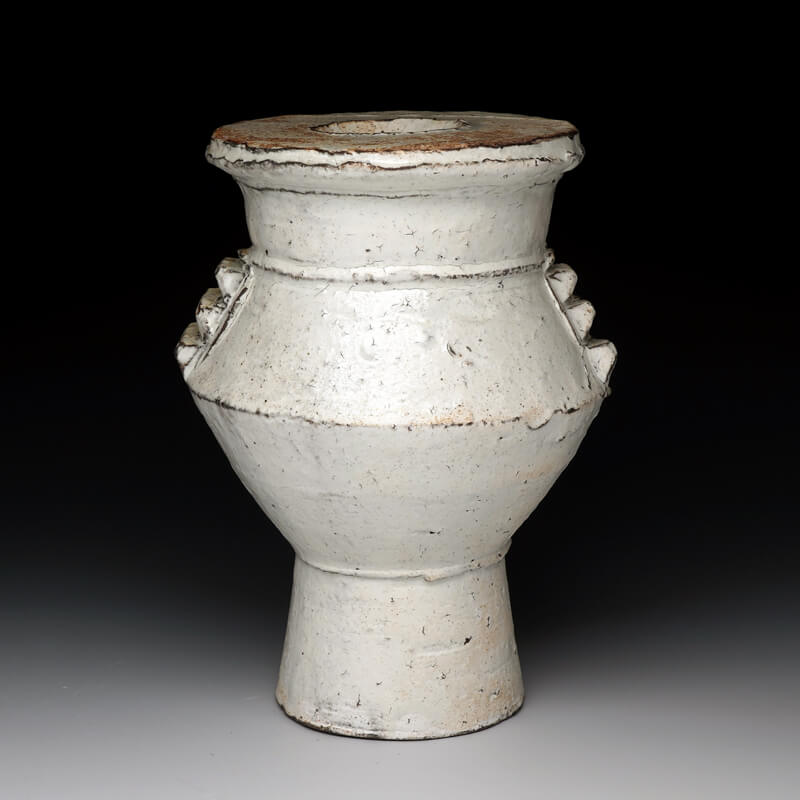
Growing up in the Catawba Valley of North Carolina, Jason Hartsoe had in his boyhood home a few jugs and crocks, ash-glazed survivors from the past which were made by his forebears. He was not formally introduced to clay until 2010 in Japan, where he studied under and worked with Richard Truckle and Mieko Sagasaka in Tokoname. Jason found surprising bonds between local ceramic traditions of Japan and the contemporary potters of North Carolina.
After his study in Japan, Jason left for England to work at Winchombe Pottery in Gloucester. Here he found another ceramic tradition which never quite lost out to the mass-produced pots of the industrial revolution. Jason developed an eye for traditional forms and learned to hold himself to the rigorous standards of a production workshop.
Jason continued his studies on the job as an assistant to Dan Finnegan in Virginia and later as an apprentice to Michael Hunt & Naomi Dalglish in Western North Carolina. Working side by side with these makers, he became more attuned with the most basic processes of making. Jason began to use a slow, foot-powered treadle wheel, to dig local clay, and to use feldspar & wood ash to create his glazes; in essence, he began making his work in the very same ways as his forefathers.
Ultimately, the seemingly disparate ceramic traditions of North Carolina primitivism, Japan, and medieval England crystallized into his own contemporary work. Building on and blending these traditions while varying these themes into new translations and experimentation has allowed his work to personalize & progress.
Successful art has a firm foundation in the work that came before it. Working within a tradition is not necessarily a formula for maintaining, but can be a disciplined path in which to continue the consequential thread of craft and to make things new. Building on and blending the seemingly disparate ceramic traditions of our world and varying these themes into new translations and experimentations allows my work to progress. It is my hope that this referential work will remind us that these functional forms are necessary and that through interaction this work will have a humanizing effect; it will slow us down and remind us of the significance of the timeless daily rituals which make us human.












